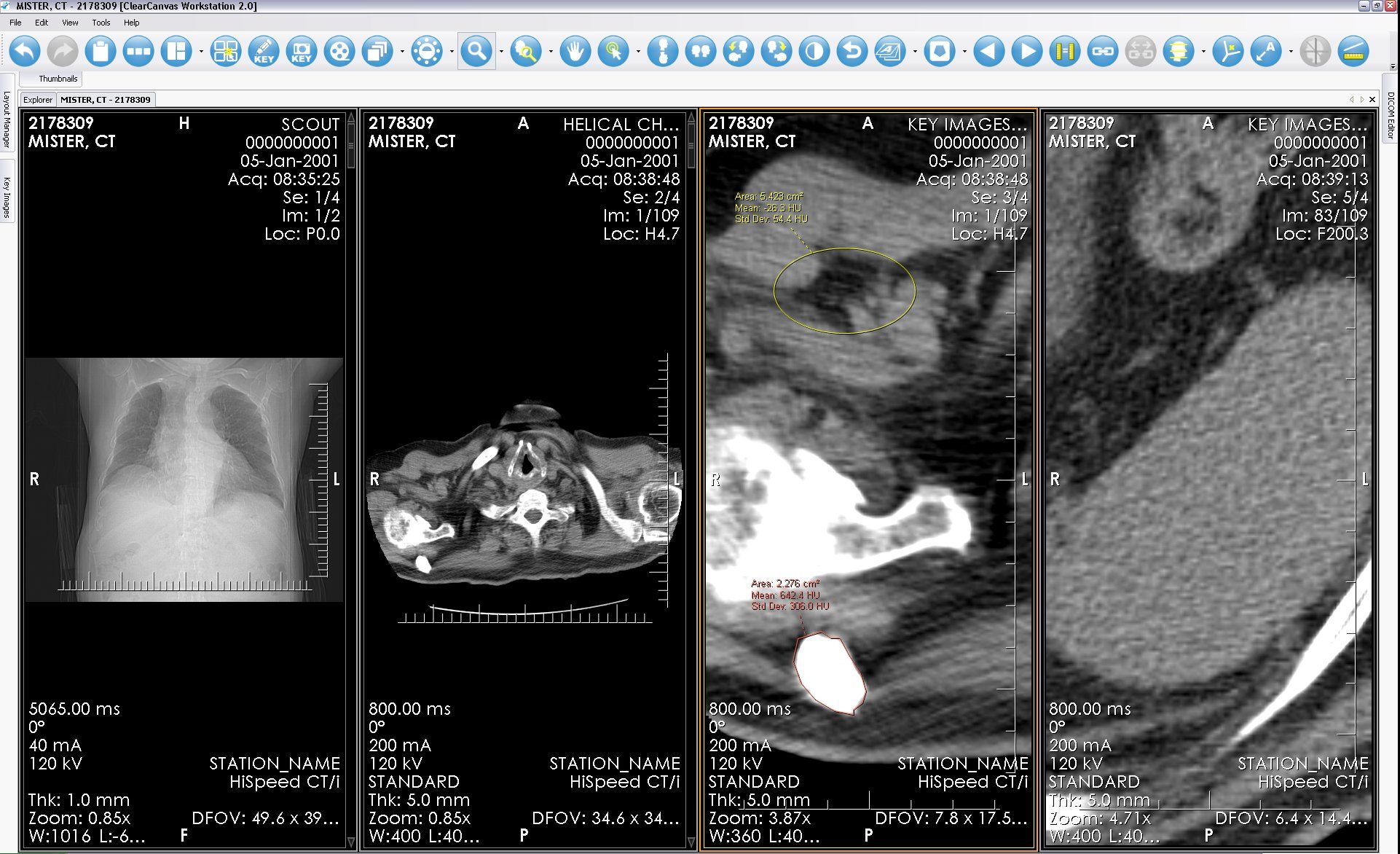
Abstract We describe the functionality and design of the Volume slicer – a web-based slice viewer for EMDB entries. This tool uniquely provides the facility to view slices from 3D EM reconstructions along the three orthogonal axes and to rapidly switch between them and navigate through the volume. Power BI Architecture: A Complete Guide. Procedure for Creating a Slicer to Filter Data by Date Range. Step 1: Firstly, without selecting anything on the canvas, just drop down the Store element from the pane of fields and then drag the OpenDate option to the values which are present in the visualization pane in order to create an effective visualization.
Feb 5, 2016 By Andre
As anyone that’s ever worked with 3D printers will know, there are steps that you need to follow before turning your model file into a 3D printed object. The most important and arguably essential of these steps is what's called model slicing. This is a process that converts your 3D model into necessary layers and coordinates needed by your 3D printer before it can work its magic. In general, slicing software first needs to be downloaded to your computer before any slicing can occur.
Well, serial entrepreneur Stewart Allen (a founding member of seven technology start-ups) has been working hard to bring these tools directly to your internet browser with his 3D model slicing gcode generator called KIRI:MOTO. Although still in an early stage of development, KIRI:MOTO gives you the ability to generate 3D print output files without the need of additional software. And after giving it a quick whirl, it seems as though everything you would expect from a modern slicer is present and easily accessible directly from the browser interface.
After dragging and dropping your 3D model STL file onto the screen, you can rotate, multiply, and scale your file however you see fit. And since every 3D printer is a little bit different, customization in terms of filament diameter, nozzle thickness, bed size and temperature are easily adjusted on the feature-rich side panel. 3D print output instructions like layer height, shell count, infill percentage and support material generation also come right out of the box (or in this case, your browser) so there's no need to worry about being stuck with a 3D printed item looking different from what you hoped for.
I did mention that no 3D printer is built the same and KIRO:MOTO accounts for this to some degree with custom printer slicing profiles. I should note, 3D printers like the Makerbot Replicator series uses a proprietary slicing system so you’d have to install custom firmware onto your 3D Printer (such as Sailfish. This being said, most desktop FDM based 3D printers on the market today should work just fine using files generated with this online slicing interface.

Up until now I have focused entirely on the KIRI:MOTO but I also need to touch up on some other cool features and tools being developed by Stewart Allen. First off, KIRO:MOTO also has easy to understand tools that can break down a 3D model file into layers to be used on a laser cutter (exporting directly to standardized DXF or SVG vector formats). Also, KIRI:MOTO is in fact part of a larger family of tools and projects being developed under the name GRID:SPACE. The basis of this project is to explore “concepts of modular, reusable building blocks for human habitation,' with short-term goals “to enable the design and creation of adaptable structures that can outlive their initial purpose or limitations.”
What these means, in very basic terms, is GRID:SPACE is trying to provide the tools necessary for modular construction of furniture such as tables, desks and shelves. Some examples of these construction systems can be found on Thingiverse.
A final tool being developed under the GRID:SPACE family is what’s called META:MOTO. While still in its early-stages (Stewart admits that as things stand it is “nothing super spectacular”) this is a tool that allows you to create and modify your own components using a simple block modelling tool similar to what you’d find in Minecraft.
As someone that has been working with 3D printers and their associated software for years I’m glad an easy-to-navigate web based slicing interface has been developed. While it’s true that downloading any one of the free or low-cost slicing solutions already available isn’t a tremendous undertaking by any stretch of the imagination, the option to skip that step is nice. Who knows, you might be working from a computer that is locked down to the point that you can’t install new software and the system administrator is nowhere to be found (it happens). At the very least, for anyone curious in 3D printing and the software that drives it, I recommend taking a look at GRID:SPACE and its family of tools.
Posted in 3D Software
Maybe you also like: